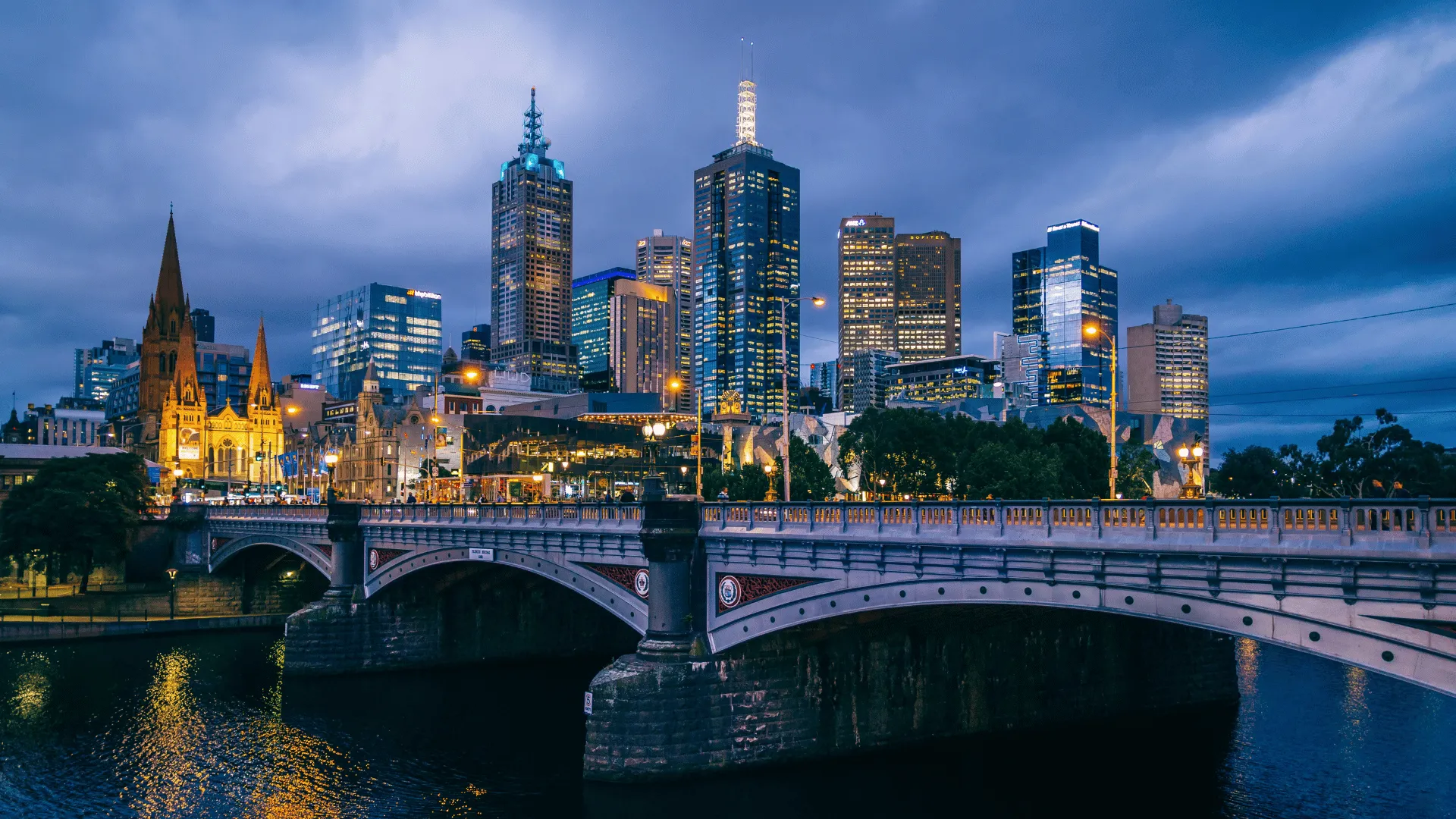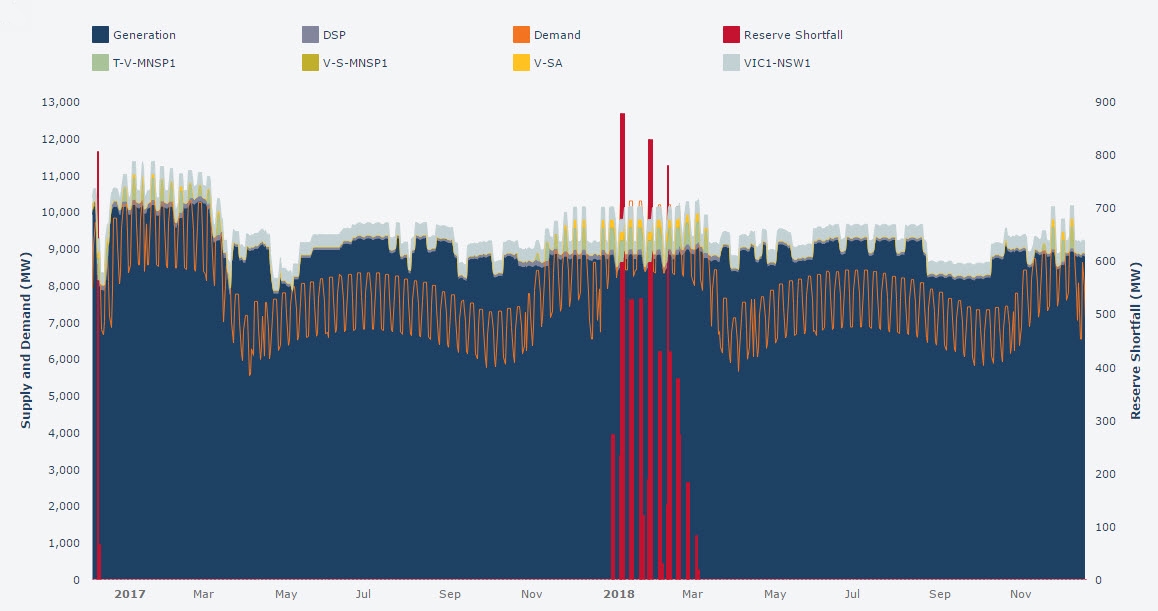Further to Edge’s update on the 2023 federal budget shared last week, more information has become evident from Hon Chris Bowen’s MP office around the actual schemes to be introduced and their allocation of the budget.
There is no doubt Australia, as in much of the world, they are pinning their hopes on a Hydrogen Economy. The governments ‘modernised’ energy economy is being underpinned by a technology which yet is not to scale and is unproven, can anyone say carbon capture and storage (CCS)! Now I do not believe Hydrogen is another CCS boondoggle, but the amount being invested, and the legislation changes to allow it to occur are akin to those of its previous silver bullet government neighbour.
The budget has allocated half of the $4bn green energy package, $2bn, to the Hydrogen Fund. The idea is the investment will assist in the commerciality of these projects and allow for 1GW of capacity to be on the system by 2030. The allocation of this will come in the form of “production credits” and as was later confirmed these will be allocated via a ‘competitive process’ however details of this are scarce. The funding is likely to have come in part to keep up with our European and US counterparts who have signaled similar investment in the industry through their own budgets (the US giving a $3/KG (USD) tax rebate if it relates to H2 production.
This will be supported by the new REGO or Renewable Energy Guarantee of Origin scheme which was first floated in the papers released at the end of last year. $38million has been allocated to the project which will be used to certify the energy and emissions from these projects.
The details around the controversial capacity scheme continues to be scarce. With ‘commercial sensitivities’ being touted as a reason for non-disclosure. However, we do expect these to be run state by state and through auctions, so we hope for more detail to be shared on this in the future, especially given SA and VIC have already been named to lead the charge on this later this year. The choice of these states is unsurprising given the high renewable penetration on those grids.
We have also seen a little more information come out around the function of the “Net Zero Authority” who received $83m on Tuesday. It is anticipated that they will be working with local state and territory governments as well as lobbyists and stakeholders to create a roadmap to net zero in those regions, focus will naturally sit in heavy mining regions such as Queensland, the Hunter Valley and Latrobe Valley. From the 1st July the executive agency will be established and they will be tasked with supporting those in heavy industry to transition into a low carbon economy, assist with policies around this and assist with investment in the regions. No small feat to say the transition is already well underway.

